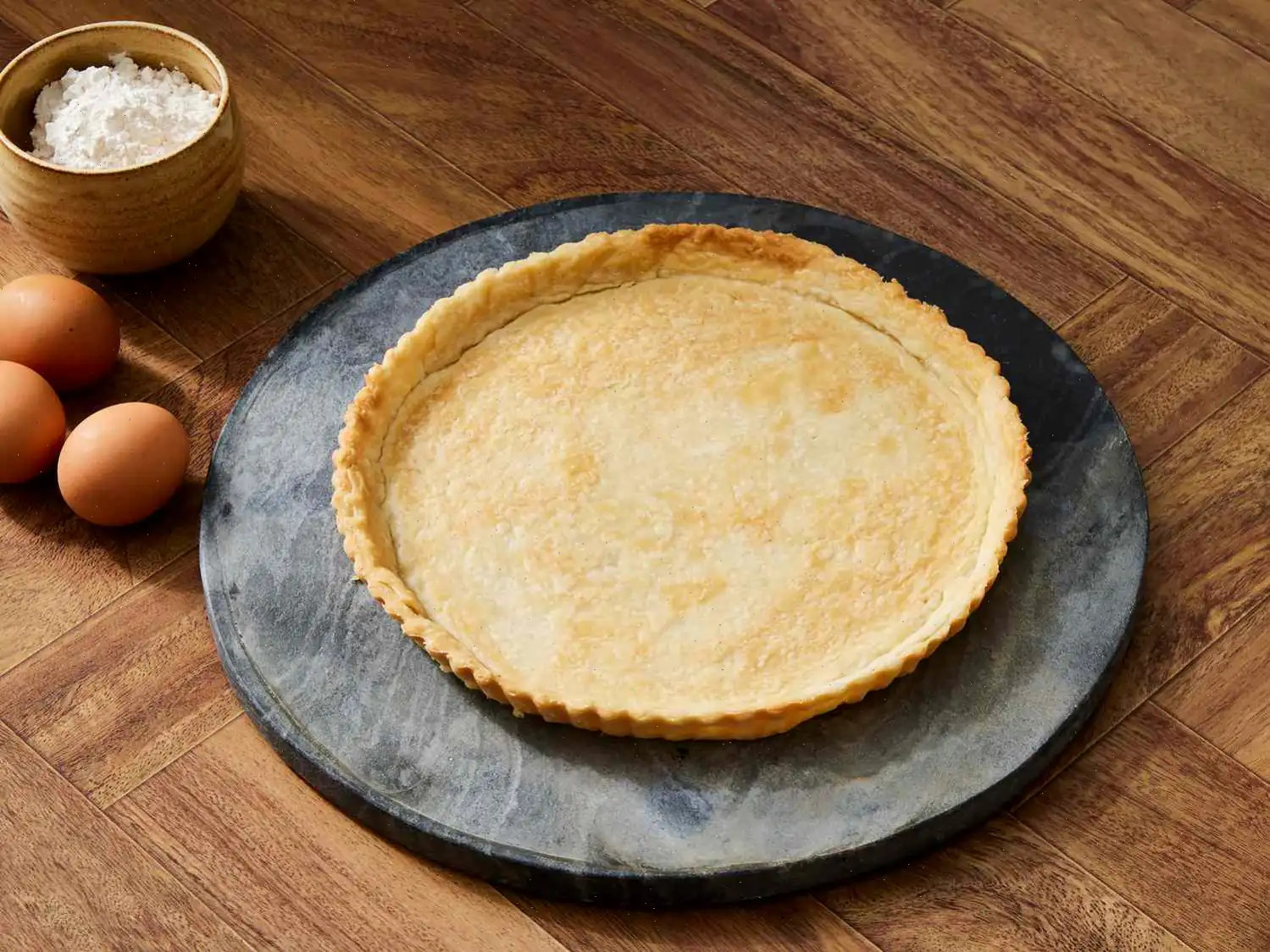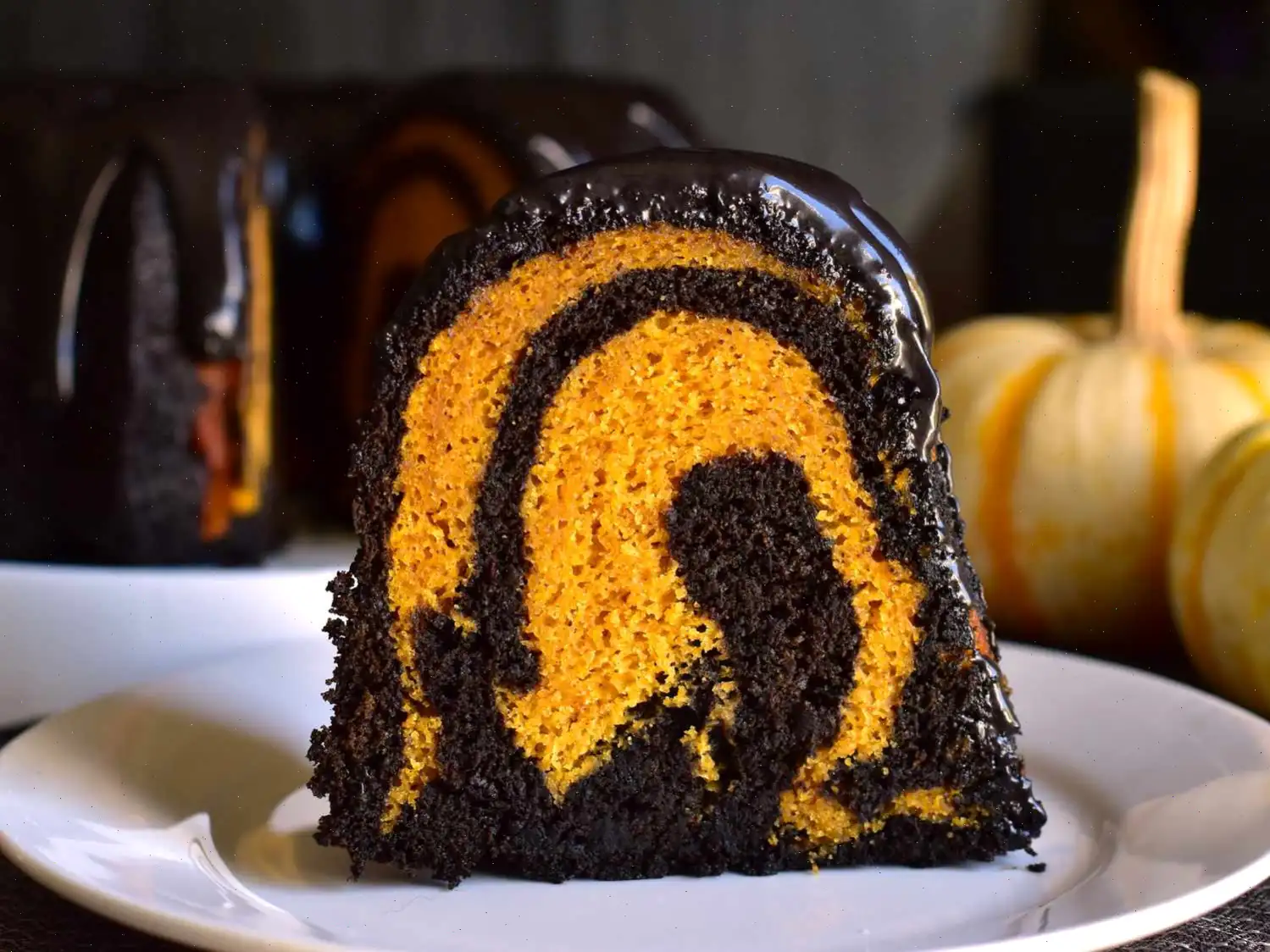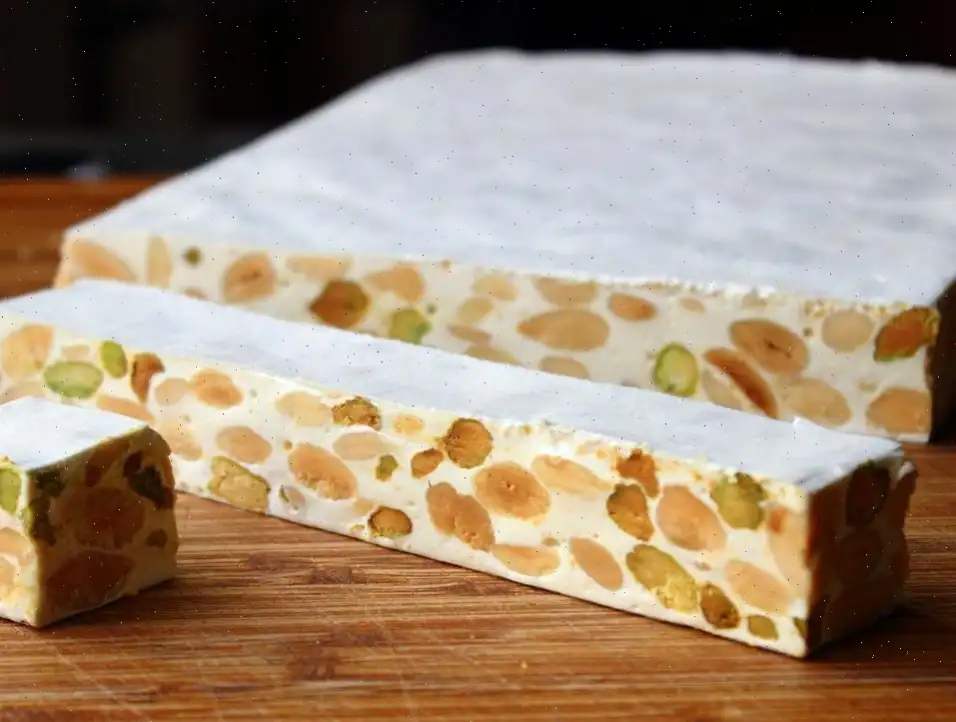
Strawberry Sando Recipe
Ingredients
- 10 fresh, sweet, ripe strawberries
- 4 slices of milk bread, regular white bread, or brioche
- 1/2 cup mascarpone cheese
- 1/4 teaspoon vanilla extract
- 1 very small pinch of salt
- 2 tablespoons confectioner's sugar
- 1 cup very cold heavy cream
Directions
Step 1: Hull the strawberries using a paring knife, removing only the green tops. Set them aside until needed.
Step 2: Trim the crusts off the bread slices, then cut each slice into a square shape.
Step 3: In a mixing bowl, combine mascarpone cheese, vanilla extract, a pinch of salt, and confectioner's sugar. Whisk or use an electric hand mixer on high speed to beat until the mixture becomes light and fluffy.
Step 4: Gradually add the cold heavy cream to the mixture. Continue to beat until stiff peaks form. Be careful not to overbeat as it may cause the cream to separate and become grainy.
Step 5: Spread a thick layer of whipped cream evenly on each slice of bread, ensuring it reaches all the edges.
Step 6: On two slices of bread, arrange three whole strawberries tightly together from one corner of the slice to the other. For the remaining two corners, place two smaller strawberries or one larger strawberry cut in half, with the pointed ends facing outward.
Step 7: Fill any gaps between the strawberries with whipped cream, generously covering them with more whipped cream. Place the other slice of bread on top, pressing lightly to ensure it sticks.
Step 8: Use any remaining whipped cream to fill in the sides of the sandwich. Smooth the surface using the edge of a knife to ensure an even finish.
Step 9: Make a small mark on the top slice of bread to indicate the direction of the strawberry center row.
Step 10: Wrap the sandwich tightly in plastic wrap and refrigerate for at least one hour or up to two hours.
Step 11: After refrigerating, carefully cut the sandwiches on the diagonal with a serrated knife. For a cleaner presentation, use a paring knife to scrape away any excess whipped cream from the cut surfaces of the strawberries, revealing their glistening red color.
Step 12: Plate the sandwich and serve immediately, enjoying the freshness and sweetness of this delightful treat.
Chefs Note: For an extra soft and fluffy bread, you can try making your own white sandwich bread with Chef John's Milk Bread recipe. This bread is also perfect for savory sandwiches like his version of the tamago sando, a Japanese egg salad sandwich.
Nutrition Facts (per serving)
- Calories: 990
- Total Fat: 95g (122% Daily Value)
- Saturated Fat: 58g (291% Daily Value)
- Cholesterol: 287mg (96% Daily Value)
- Sodium: 785mg (34% Daily Value)
- Total Carbohydrate: 28g (10% Daily Value)
- Dietary Fiber: 2g (8% Daily Value)
- Total Sugars: 19g
- Protein: 10g (21% Daily Value)
- Vitamin C: 54mg (60% Daily Value)
- Calcium: 203mg (16% Daily Value)
- Iron: 1mg (7% Daily Value)
- Potassium: 393mg (8% Daily Value)
The Story Behind Strawberry Sando
The Strawberry Sando, a Japanese-style fruit sandwich, has its roots in Japans modern caf culture, emerging during the early 20th century when Western-style bakeries began influencing Japanese cuisine. Inspired by the simplicity of European pastries and the delicate aesthetics of Japanese sweets, the Sando was created to highlight fresh, seasonal fruit encased in soft, pillowy bread. Its elegance and visual appeal quickly made it a favorite in urban cafs, especially in Tokyo and Kyoto.
Regional Variations
While the classic Strawberry Sando features milk bread, fresh strawberries, and whipped cream, regional differences exist across Japan. In Kansai, chefs often use a slightly sweeter cream filling, while in Kanto, emphasis is placed on perfectly ripe strawberries, sometimes layering in kiwi or mango for added color and flavor. Specialty bakeries in Hokkaido sometimes incorporate Hokkaido cream, renowned for its rich texture, giving the sandwich a distinctively creamy taste.
How It Differs From Similar Dishes
Although it may resemble a typical Western fruit sandwich, the Strawberry Sando is unique in its meticulous balance of textures and flavors. Unlike traditional Western sandwiches that may mix fruits into pastries or tarts, the Sando keeps each strawberry whole or halved, creating a visual mosaic inside the sandwich. The use of extremely soft bread and lightly sweetened whipped cream sets it apart from denser European desserts like shortcakes or cream-filled pastries.
Typical Serving Occasions
Strawberry Sandos are often served in Japanese cafs during brunch or afternoon tea. They are popular seasonal treats, especially in spring when strawberries are at their peak. They are also commonly found in bento boxes for festive occasions, and high-end patisseries sometimes serve them as part of dessert assortments alongside matcha-flavored confections and delicate sponge cakes.
Fun and Interesting Facts
- The term Sando is a shortened form of sandwich, reflecting Japans adaptation of Western foods.
- Presentation is crucial: the strawberry arrangement is often designed so that a perfect cross-section is visible when cut diagonally, showing off bright red fruit against white cream.
- Strawberry Sandos have inspired seasonal variations, including chocolate-drizzled or berry-mixed versions, but purists insist that simplicity is the key to its charm.
- Many Japanese bakeries recommend consuming the sandwich immediately after slicing to maintain the soft texture and prevent the cream from soaking the bread.
- They have become a social media favorite due to their visually striking, photogenic appearance, often shared online with elaborate garnishes.
You can listen to this recipe in AI audio format. Simply click the play button below to listen to the content in a format that suits you best. It’s a great way to absorb information on the go!








